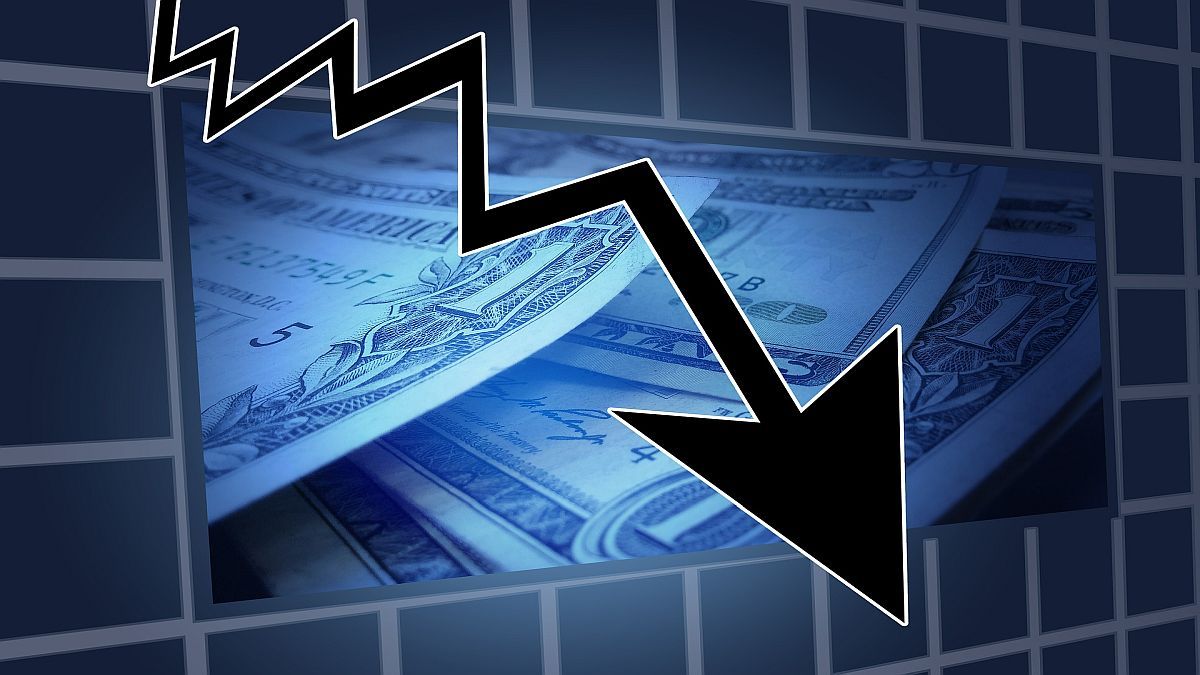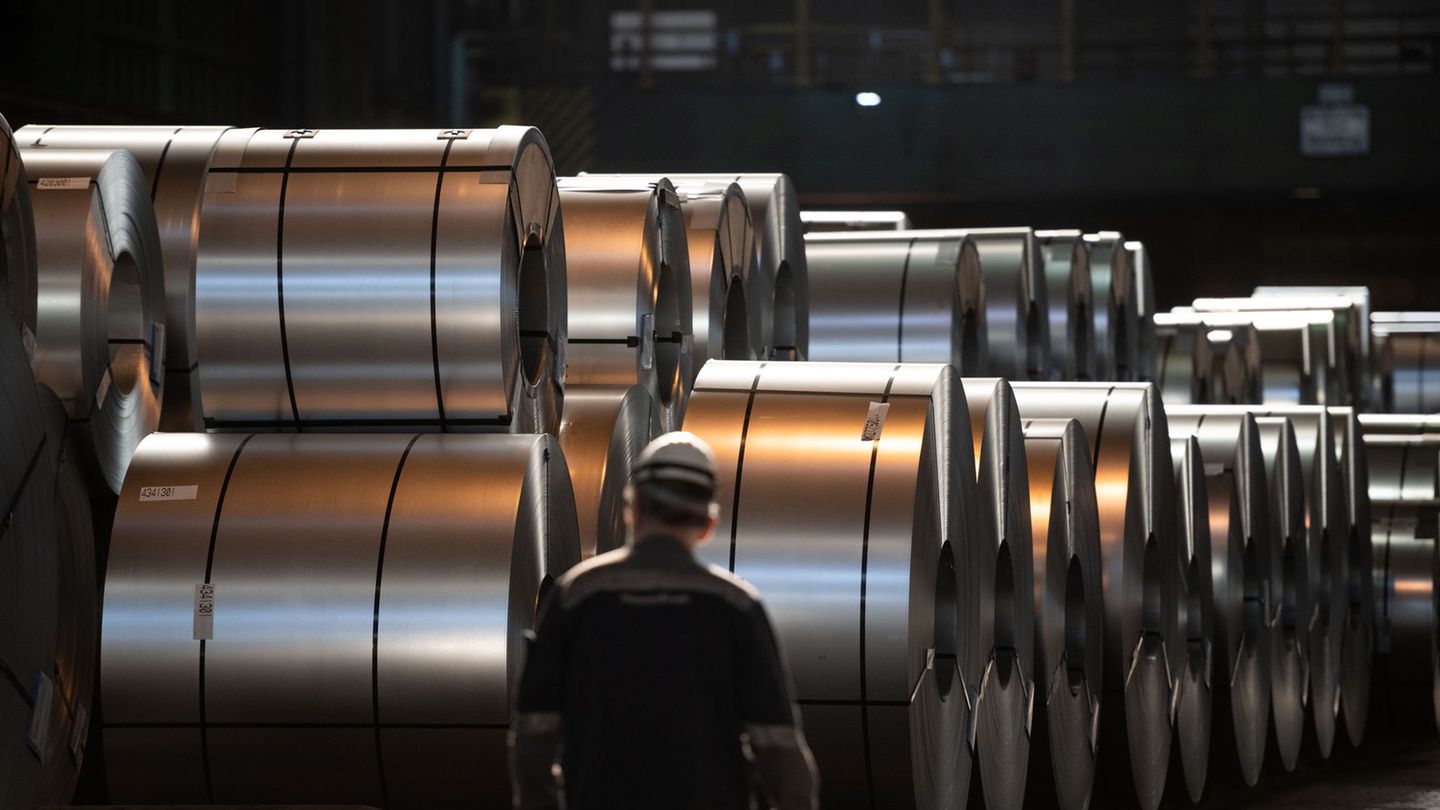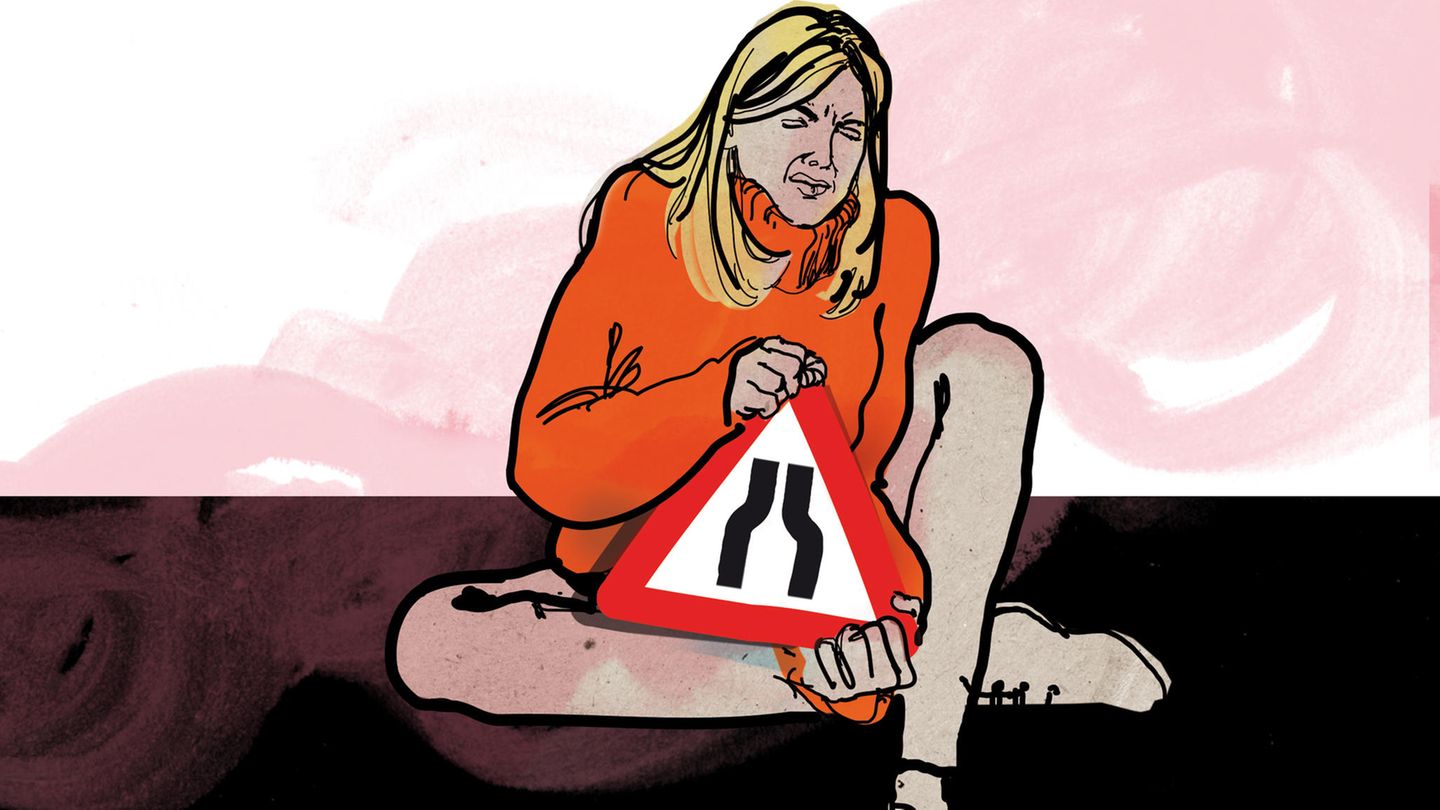The economist Michael Snyder was always characterized by his articles “catastrophe” on the US economy. This time, he referred to the situation in the banking sector and stated that despite the government’s intervention, “it is far from over.”
Fed Chairman Jerome Powell stated after the rate hike that the situation in the US banking sector was safe and resilient. But barely two hours later, the actions of PacWest plummeted 50% after the board dropped that the financial institution’s survival hung by a thread.
For Snyder, it is a sign that the US central bank is misreading the situation or that its president’s calm remarks are nothing more than empty words. Regardless of which of the two hypotheses is closer to reality, the United States has a huge problem, as Michael Snyder explained.
Why the crisis is worse than that of 2008
In his recent article, he explained that the current banking crisis leaves everything that happened in 2008 in its infancy. The 25 banks that had to close their doors definitively had assets worth 373.6 billion dollars at that time. In the current crisis, which Snyder says is clearly just beginning, the three US banks that have failed so far had assets worth $532 billion.
Snyder is convinced that the consolidation of the banking sector is far from over. His thesis has the support of the vice president of Berkshire Hathaway, Charlie Munger. Munger has told the Financial Times that many US banks are saddled with a huge mountain of “doubtful loans”. These loans were used to build commercial real estate for the last 10 years that no one needs anymore, and all these loans, once available for cheap money, are about to become unaffordable follow-on financing.
Snyder totally agrees:
“The collapse in commercial real estate prices, in particular, threatens to unleash a massive tsunami of defaults.”
Thus, banks will not only have to adjust their balance sheets as real estate pledged as collateral rapidly loses value, but they will also have to deal with increasing defaults.
For the “too big to fail” banks it will be a good deal, they will be able to choose among the smaller competitors and the rest will simply be liquidated.
What is your proposed solution?
For the economist, the only thing that can avoid a collapse would be a cut in the Fed’s rate hike. However, he is not optimistic according to the latest economic data: the monthly report on the US labor market showed no signs of slowing down. on Friday, with the creation of 253,000 new jobs. Salary inflation higher than forecasts that spoke of 4.4% also limits hopes of a decline in inflation.
Fed Chairman Jerome Powell repeatedly tried to explain to market participants at his press conference that the decline in inflation will last much longer.
But no one is convinced of it. The looming problems in the financial market seem too urgent, so investors continue to increase their purchases of risky assets in search of yield, believing that the Fed will come to the rescue with massive interest rate cuts. Billions of dollars are continually withdrawn from banks, flowing into money market funds at an interest rate of 5%. Thus, the problems of the banking sector are getting worse and worse. Michael Snyder writes:
“Ultimately, I think we’re going to see a wave of consolidation in the banking sector like we’ve never seen before. We are still at the beginning of this crisis. The worst is yet to come. It will take a while for all the dominoes to fall, but each time one falls, it indicates that the clock is ticking and the American financial system is running out of time.”
Source: Ambito
I am a 24-year-old writer and journalist who has been working in the news industry for the past two years. I write primarily about market news, so if you’re looking for insights into what’s going on in the stock market or economic indicators, you’ve come to the right place. I also dabble in writing articles on lifestyle trends and pop culture news.




